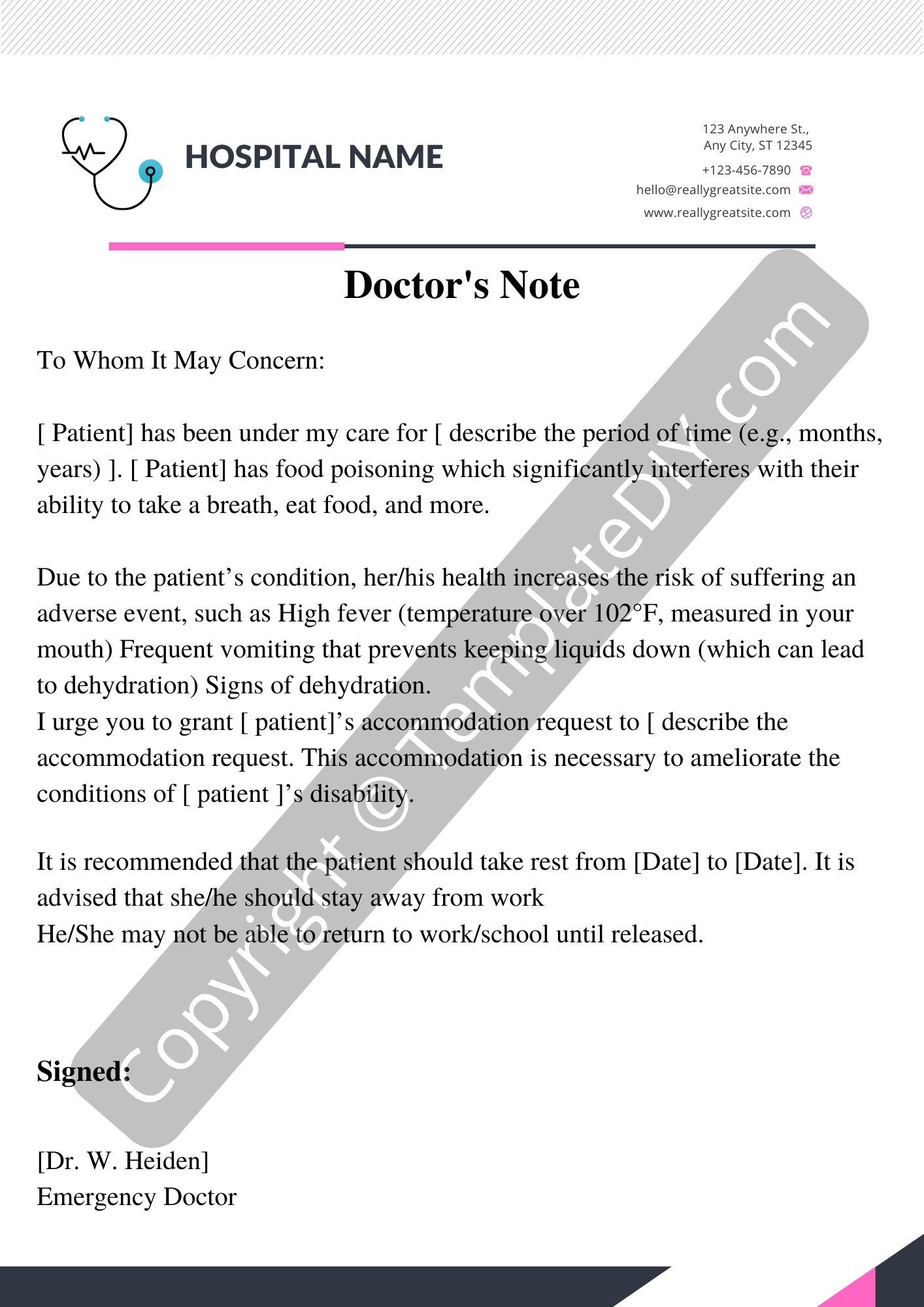

Food poisoning fears at new destinations can cast a shadow over the excitement of travel. It’s understandable to worry about the safety of the food you consume in unfamiliar places, and this concern is valid. This article provides a comprehensive guide to eating safely on your adventures and offers practical advice to minimize the risk of food poisoning, allowing you to fully immerse yourself in the wonders of new destinations without jeopardizing your well-being. This article delves into the crucial aspects of food safety while travelling, outlining actionable steps to make informed decisions when eating abroad and preventing potentially harmful situations. This comprehensive guide will cover various aspects, from recognizing potential hazards to understanding local practices and adopting preventive measures.
Understanding the Risks
Recognizing the Dangers of Foodborne Illness
Food poisoning, resulting from consuming contaminated food, is a prevalent health concern for travellers. Various microorganisms, including bacteria, viruses, and parasites, can contaminate food at different stages of production, processing, or handling. The repercussions can range from mild discomfort to severe illness, potentially causing considerable disruptions to your travel plans. Symptoms often manifest within hours or days of ingestion and can include nausea, vomiting, diarrhea, and stomach cramps. Consequently, it’s crucial to understand the potential risks associated with foodborne illnesses and to take proactive steps to mitigate them. Millions of travelers suffer from foodborne illnesses every year, underscoring the importance of this subject. This understanding serves as a foundation for developing effective strategies for preventing food poisoning.
Identifying Common Culprits
Raw or undercooked foods, especially meat, poultry, seafood, and eggs, frequently harbor harmful bacteria, posing a significant threat. Improperly stored food, particularly in environments lacking refrigeration, can quickly become contaminated. Cross-contamination, where harmful bacteria transfer from raw to cooked foods or from contaminated surfaces to food, can also occur. Contaminated water can also be a source. Furthermore, food prepared in unhygienic settings can expose you to potentially harmful agents.
Prevention Strategies
Prioritizing Safe Food Choices
One of the most effective strategies to prevent food poisoning is by making informed decisions about the food you consume. Choose food that is cooked thoroughly, ensuring that all parts are heated to an appropriate internal temperature. Avoid consuming raw or undercooked foods, including salads or shellfish. Opt for food items that are fresh and attractively displayed. Look for signs of proper storage and handling, observing whether the food is kept at appropriate temperatures. Avoid eating food from street vendors or stalls that do not adhere to hygiene standards. This conscious approach reduces the likelihood of contracting food poisoning and guarantees a safe and enjoyable travel experience.
Safe Eating Habits
Practicing Proper Hygiene
Maintaining impeccable hygiene before, during, and after meals is crucial to preventing food poisoning. Thoroughly wash your hands with soap and water, paying particular attention to handwashing after touching raw food, using the restroom, or handling money. Ensure the cleanliness of eating areas, using disposable cutlery and napkins where possible, or carrying a small portable hand sanitizer with you. Drink bottled or purified water whenever possible to avoid potential contamination from tap water.
Local Customs and Food Safety
Adapting to Local Practices
When travelling to new countries, it’s essential to understand local food safety practices and customs to minimize risks. Understanding local practices and food preparation techniques can provide a greater sense of security. Learn about the traditional food preparation methods in your destination. Inquire about the handling and storage of food in local restaurants and food stalls. Research local cuisine and identify any high-risk foods. Inquire about local food safety regulations, as they vary from region to region.
Seeking Expert Advice
Consulting Travel Health Professionals
Before embarking on your journey, consult with a travel health professional for personalized recommendations and advice tailored to your specific itinerary. They can provide invaluable insights regarding necessary precautions, potential risks in your chosen destinations, and the optimal way to approach food safety in the local context. Talk to your physician about necessary vaccinations and medication. Research specific risks related to your destination. This precautionary measure significantly reduces the likelihood of encountering foodborne illnesses.
Recognizing Symptoms and Seeking Help
Responding to Potential Issues
Knowing the symptoms of food poisoning can help you seek treatment promptly. If you experience vomiting, diarrhea, abdominal pain, or fever after consuming food, seek medical assistance without delay. Report the incident to local health authorities as appropriate. Document the food or drink consumed. Report the experience to your embassy or consulate in case of severe symptoms. If you require immediate medical attention, seek help at the nearest hospital or clinic. Understanding your rights and responsibilities in these situations can be helpful.
Emergencies and Contingency Plans
Addressing Potential Unforeseen Circumstances
Develop a plan for emergencies or unexpected illnesses. Carry a comprehensive first-aid kit tailored to travel, including any necessary medications. In addition, familiarize yourself with local emergency numbers or contact details for healthcare facilities in your destination. Having a backup plan for emergencies or unforeseen situations is critical in ensuring a smooth journey.
Additional Information
Staying Informed
Staying informed about potential health risks and safety guidelines for your chosen travel destinations is paramount. Regularly reviewing safety advisories, guidelines, or bulletins from health authorities, especially regarding food safety, can provide timely information. These materials can be valuable tools for making informed decisions to stay safe on your adventures.
Food Safety Resources
Staying Informed Through Reputable Sources
Staying informed is crucial. Research destinations to find and visit the health authorities of each country to stay informed about any current outbreaks or safety recommendations. Also research any warnings to stay aware of the latest information and precautions. This helps travelers make responsible choices and avoid potential dangers. Reviewing updated guidelines from reputable sources, such as the World Health Organization (WHO) or the Centers for Disease Control and Prevention (CDC), can help you stay abreast of evolving safety information. These organizations offer comprehensive resources for travelers to help them stay informed about potential hazards and necessary precautions in different locations and circumstances.
FAQ
What are the most common food poisoning symptoms?
Common food poisoning symptoms include nausea, vomiting, diarrhea, stomach cramps, fever, and sometimes headache. The severity can range from mild discomfort to serious illness, requiring medical attention. It’s essential to pay close attention to your body’s signals and seek medical help if symptoms are severe or persist for prolonged periods. Knowing the common indicators of food poisoning can assist in early intervention.
How can I identify potentially unsafe food at a destination?
Look for signs of spoilage such as unusual colors, smells, or textures in food. Avoid food displayed at room temperature for extended periods without refrigeration, especially meat and dairy products. Opt for freshly prepared food from reputable establishments whenever possible. If unsure about food handling practices, it’s best to err on the side of caution and choose safer alternatives.
How can I prevent food poisoning when traveling?
To prevent food poisoning, prioritize thorough hygiene practices before, during, and after meals. Always wash your hands with soap and water, especially after using the bathroom or touching raw foods. Choose properly cooked and prepared food, avoiding anything that looks or smells questionable. Drink bottled water or purified beverages, as well as only eating food at reputable restaurants. Choose food at restaurants that are clean and where the staff seems aware of hygienic procedures.
In conclusion, navigating the culinary landscape of unfamiliar destinations with confidence and safety requires meticulous planning and awareness. By understanding the potential risks associated with food poisoning, adopting preventive measures, and seeking reliable information, you can enjoy your adventures without compromising your health. Prioritize safe food choices, ask questions, and remain vigilant to minimize the chances of encountering foodborne illnesses. Remember, your well-being is paramount during your explorations; prioritize food safety to make the most of your travel experiences. To stay up-to-date on travel advisories and food safety guidelines, visit the websites of reputable travel authorities like the CDC or WHO.